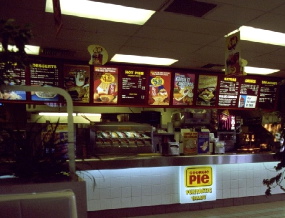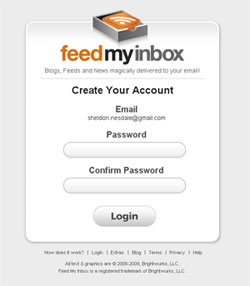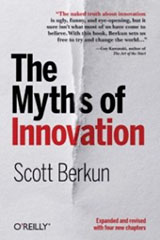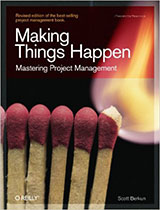 So you’ve probably heard about how the “Bring Georgie Pie back” campaign on Facebook has over 21,000 members (and climbing fast). And that McDonalds owns the brand and they haven’t decided if it will consider bringing it back yet.
So you’ve probably heard about how the “Bring Georgie Pie back” campaign on Facebook has over 21,000 members (and climbing fast). And that McDonalds owns the brand and they haven’t decided if it will consider bringing it back yet.
I have 2 questions:
- Why did Georgie Pie fail last time?
- Who owns GeorgiePie.co.nz?
Q1: Why did Georgie Pie fail last time?
For some background first, see Georgie Pie on Wikipedia.
It seems that 3 factors contributed to Georgie Pie’s failure last time:
- They expanded too fast, and when demand didn’t climb at the same level they ran out of money
- A price rise from the iconic $1 (and even 75c menu), killed the value for money that drove thousands to the restaurants
- There is some talk about people becoming more health conscious in the mid-late 90’s (I think this is bullocks. Most people don’t give a damn. If a pie looks tasty, they’ll buy it).
 So the question is: Could Georgie Pie suffer the same fate this time around? Not likely. And with such a ground swell of support and huge public awareness, I think it could work.
So the question is: Could Georgie Pie suffer the same fate this time around? Not likely. And with such a ground swell of support and huge public awareness, I think it could work.
I think a key to success would be to roll out the chain very slowly, so it keeps the demand and excitement high. Imagine being able to tell your friends “I was craving a Georgie Pie Steak and Cheese and drove from Hamilton to Auckland to get it. The queue was so long, it went out the door and up the street, I had to wait 2 hours. It was awesome!”
Q2: Who owns GeorgiePie.co.nz?
Some guy called Eddie Powell who lives in Tuakau, South Auckland. He also owns www.UnitedTrucks.co.nz and www.EddiePowell.co.nz.
He purchased GeorgiePie.co.nz in November 2008. Smart guy.
But it could go in 1 of 2 ways:
- Either McDonalds/Georgie Pie will keep the offer to buy the domain on the down low and offer him a few grand to get it back (maybe $10k, maybe $20k, who knows?)
- Or they sue is ass for TradeMark infringement, and the court orders him to give it to them for a couple of hundred bucks (and they might pay his court costs to be nice)




